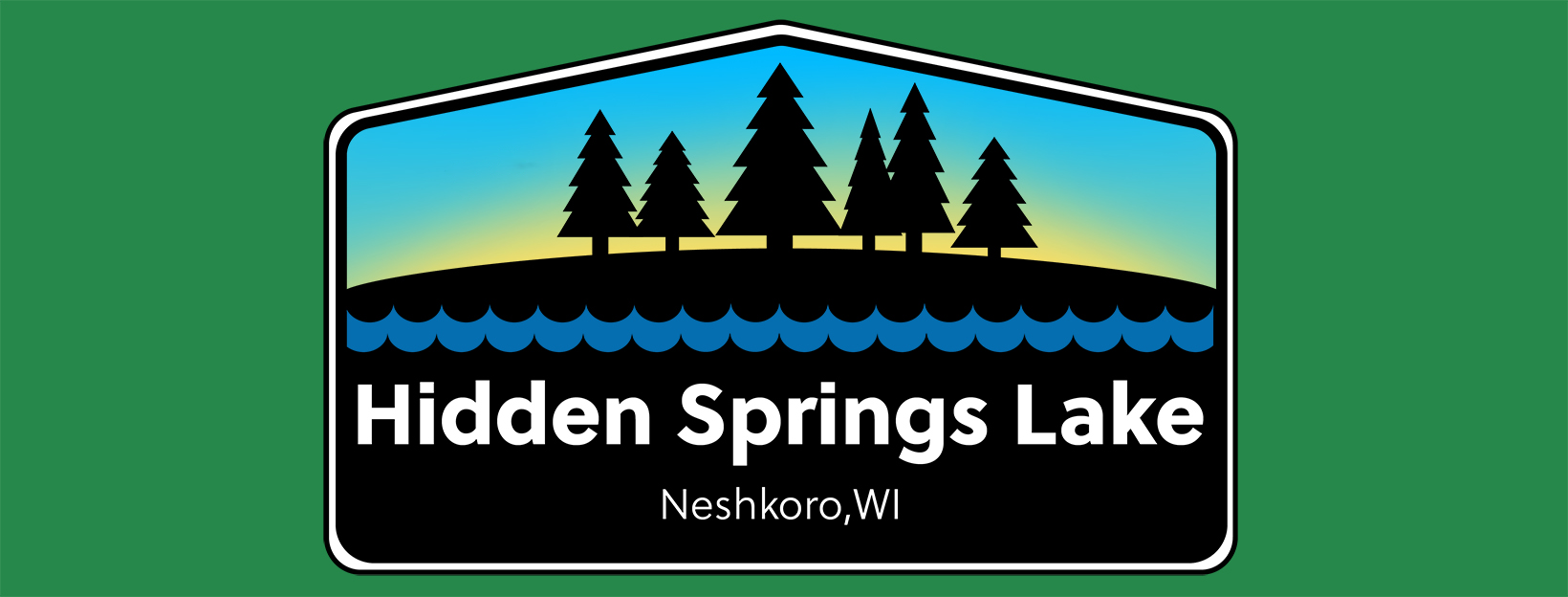The Architectural Review Committee serves to exercise the architectural review functions as provided in the Covenants, and with powers, duties and responsibilities as defined in the Architectural Review Committee Charter Document.
Note: All HSPOA members are bound by the current version of the guidelines as listed in the Architectural Committee Charter.
The Architectural Review Committee reviews plans and general features of new or proposed modifications to buildings and shoreline restoration, to assure quality in materials and appearance in order to uphold the value of all property.
If you are considering any improvements to your lake property:
- Review the Waushara County Building and Land Use information
- Complete the Preliminary Construction Request Form
- Submit the form as outlined (on the form).
ARCHITECTURAL COMMITTEE CHARTER
PRELIMINARY CONSTRUCTION REQUEST FORM
ARCHITECTURAL COMMITTEE GUIDELINES
Shoreline Regulations – Who Controls What and What Can We Do?
Healthy lakes are necessary for functioning ecosystems and safe water for swimming and fishing. Natural shoreline vegetation supports songbirds, small mammals, other wildlife and reduces runoff into the lake. A diverse complement of aquatic plants provide near shore habitat for food, shelter, and spawning areas for fish and other invertebrates. What we do on our lake properties affects all of this and our Board gets questions at times about what we can and cannot do. The following attempts to provide some answers to questions we typically get.
The Waushara County Zoning office and the DNR are the regulating authorities. The Zoning office regulates activities above the Ordinary High Water Mark (OHWM) and the DNR regulates activities at and below the (OHWM).
Above the OHWM:
- Current regulations define the 35 feet closest to the water as a “no-disturb” zone meaning it should be left in a natural vegetation state. Within this 35ft. strip, you are allowed to clear vegetation in your viewing corridor.The viewing corridor is 35% of lot width .
- No filling, grading, or excavating is allowed within the 35ft no-disturb zone without a permit from the Zoning Office. This includes prohibiting the addition of sand on your beach area.
- Dead, diseased, dying or exotic and invasive species can be removed with approval from the zoning office. The land conservation and zoning office will also work with you to identify the correct method of removal and help define required replacement native plants for your shoreline.
- Any boathouse (storage shed) must be no larger than 180 square feet and must be located at least 10 feet away or 2 feet above the OHWM.
At or Below the OHWM:
- Riprap is allowed on our low-energy shorelines if the homeowner can show a quality biological erosion control structure has failed, or erosion can be shown to exceed 6” per year (1.5” in a summer). We believe that quality biological erosion controls best meet the balance between nature and human use of the lake.
- Permits for piers of the size used on smaller lakes are not required. But no permanent pier supports are allowed.
- No sand, pea gravel, rocks or fill of any type can be put in the lake or on the lakebed below the OHWM. This includes adding sand to your beach below the OHWM when lake levels are low.
The County Zoning Office and DNR are available to answer specific questions about your shoreline and will help you define actions you can take to address specific concerns. The following are the contacts:
- Waushara County Zoning Administrator- Terri Dopp-Paukstat – 920-787-0453
- Wisconsin DNR Water Management Specialist – Sarah Adkins – 920-424-7885


